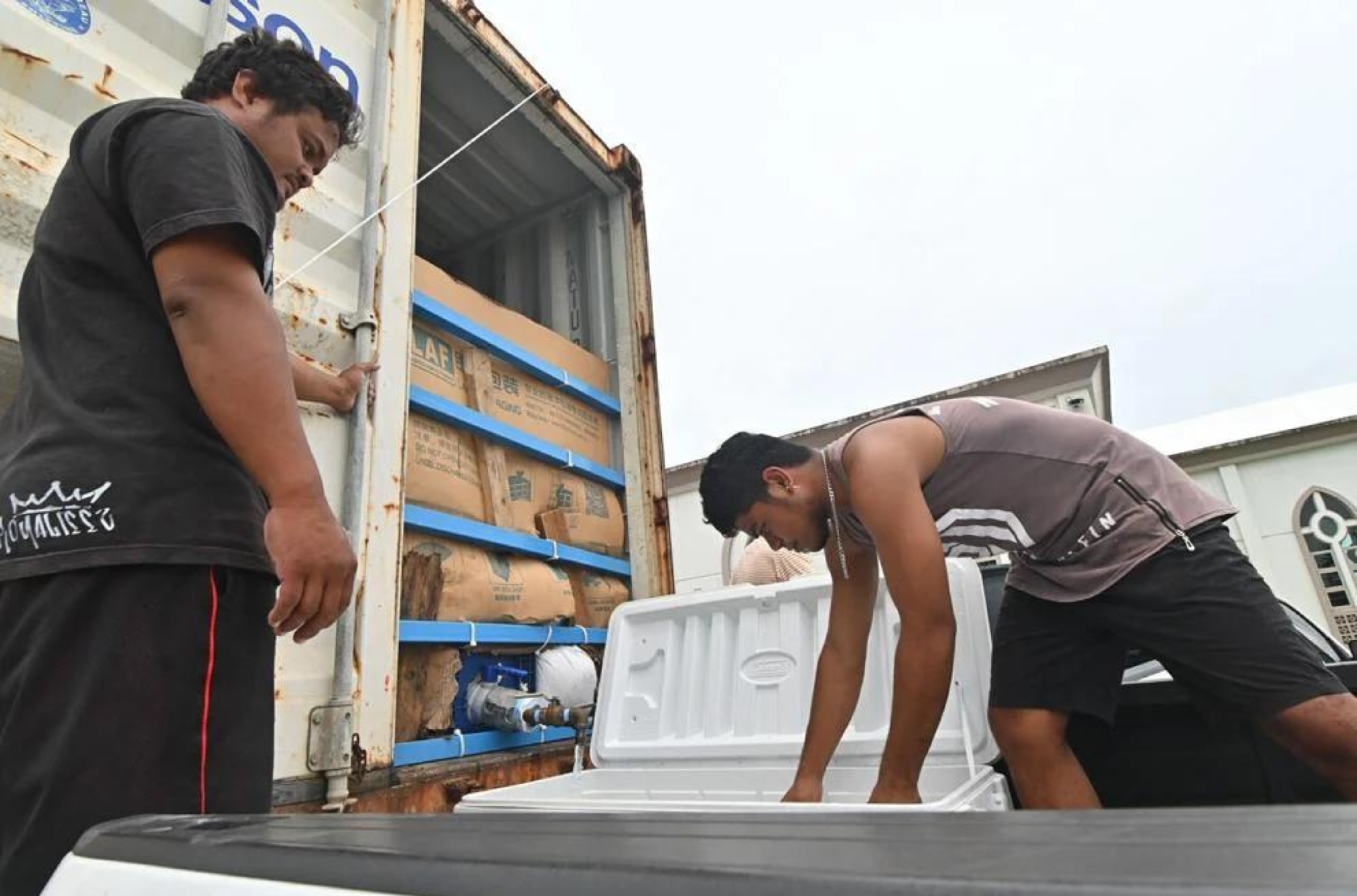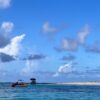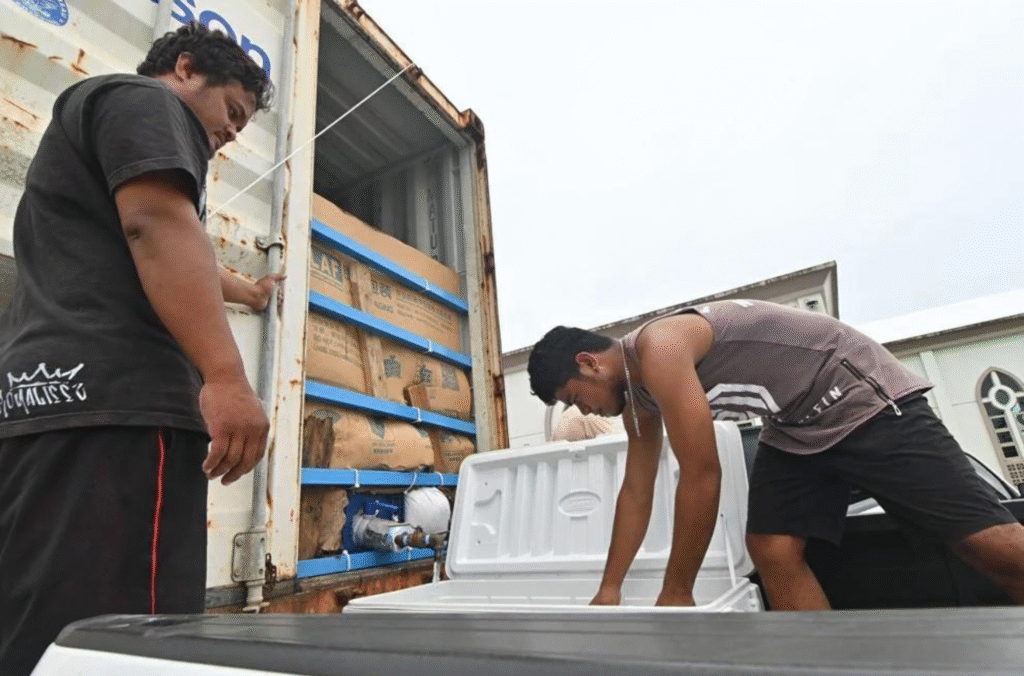HAGÅTÑA (The Guam Daily Post) — Officials from the Water Division of the Guam Environmental Protection Agency are reviewing delivery logs at companies that use water tanker trucks as part of an ongoing investigation into water deliveries using tankers not authorized to hold potable water, according to Guam EPA spokesperson Nic Lee.
“We’re reviewing their delivery logs to see if any unauthorized water was sent out by private companies. If that happens, we need to know who received it and then we also need to have those facilities issue those ‘Do not drink water’ notices. That started a few days ago,” Lee said, adding later that he did not know how long the investigation would take.
Guam EPA issued a notice Tuesday through the Joint Information Center, warning that residents in facilities that had received water from unauthorized tankers should cease consumption immediately.
Non-potable water tanker trucks are used to carry water that is not tested and may contain bacteria or chemical contaminants at levels unsafe for human consumption. Even if the tanker is used to transport drinkable water, traces of contaminants will remain in the tank and will stay present in the water that consumers receive, according to the JIC release.
Boiling the water also wouldn’t make it safe for consumption. Water received from non-potable tankers should be used only for household cleaning or other non-potable uses, according to Guam EPA.
This notice did not apply to water from the Guam Waterworks Authority, which subsequent releases have said is supplied through methods consistent with the Guam Safe Drinking Water Act, Guam EPA said.
Guam EPA required owners of facilities that received water from non-potable tankers to self-identify and provide notification to all residents and patrons. Guam EPA has not publicly released a list of these facilities, Lee said, but that information is forthcoming.
In addition to the local agency, officials with Region 9 of the U.S. Environmental Protection Agency also are on island. There are 25 officials on Guam, including 13 U.S. EPA personnel and 12 contractors. They began arriving on island May 27, according to Alejandro Diaz, a public affairs specialist with Region 9.
“Under the larger (Federal Emergency Management Agency) Disaster Response Organization, U.S. EPA is tasked with conducting preliminary damage assessments, assessing drinking water and wastewater systems, hazardous waste removal (that have been released as a result of the typhoon) and support the government of Guam, specifically Guam EPA, as they undertake recovery activities,” Diaz told The Guam Daily Post.
Specifically with regard to the investigation, Lee said U.S. EPA is providing technical assistance.
“They’re a great technical asset in terms of how we’re going to regulate and keep the public informed with regard to the unauthorized water that had been delivered,” Lee said.
<span>Boiling the water also wouldn’t make it safe for consumption. Water received from non-potable tankers should be used only for household cleaning or other non-potable uses, according to Guam EPA.</span>

Jester “JB” Benjamin and Joel Hyle, from Mangilao, fill coolers from a water tanker positioned at the village’s Santa Teresita Catholic Church on Sunday, June 4, 2023.








